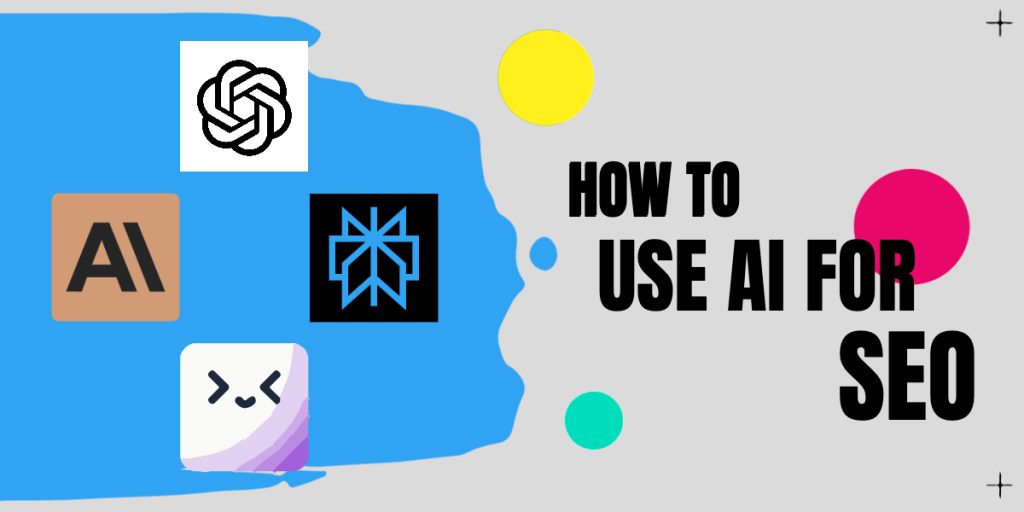The Step-by-Step Guide to Optimize for AI LLMs Effectively
Optimizing for AI large language models LLMs can transform the way content is created, discovered, and understood. These models analyze text, context, and user intent, making optimization crucial for better visibility and engagement. Effective LLM optimization involves understanding how AI interprets content, structuring information clearly, and using strategic methods to improve comprehension. By following a step-by-step approach, you can ensure that your content is more AI-friendly, easily accessible, and relevant to users. This guide breaks down practical techniques that help both humans and AI models understand content efficiently.
Step 1: Understand AI LLM Behavior
Before optimizing, it is essential to know how LLMs work:
- LLMs analyze context, semantics, and relevance.
- They prioritize clear, well-structured content.
- Complex or ambiguous content can reduce AI understanding.
Step 2: Focus on Clear Content Structure
Structured content is easier for AI to process:

- Use headings and subheadings for different sections.
- Break long paragraphs into concise, readable chunks.
- Apply bullet points or numbered lists for clarity.
Step 3: Use Precise and Relevant Keywords
Keywords remain important for AI comprehension:
- Include topic-relevant terms naturally within the text.
- Avoid keyword stuffing, which can confuse the model.
- Focus on semantic variations to cover multiple search intents.
Step 4: Enhance Content Context and Meaning
AI models rely on context to provide accurate results:
- Add explanations and definitions for complex terms.
- Use examples, analogies, or case studies to clarify ideas.
- Include supporting data or statistics where possible.
Step 5: Optimize for Readability
Readable content improves engagement for both humans and AI:
- Keep sentences concise and focused on a single idea.
- Use active voice and simple language.
- Avoid excessive jargon or overly technical terms.
Step 6: Implement Internal and External References
Linking strengthens content authority:
- Include internal links to related topics or articles.
- Use credible external references for supporting evidence.
- Ensure links are relevant and add value to the content.
Step 7: Test and Refine Your Content
Continuous improvement is key:
- Analyze how AI models interpret and rank your content.
- Monitor performance metrics and user engagement.
- Update content regularly to maintain relevance and accuracy.
Step 8: Leverage AI Tools for Optimization
AI-powered tools can assist in optimizing content effectively:
- Use AI to suggest content improvements and keyword adjustments.
- Generate structured outlines and summaries for better clarity.
- Apply AI insights to align content with user intent.
By following these steps, you can make content more understandable, visible, and effective for AI LLMs click this site here. Optimizing strategically ensures that both AI models and users benefit, resulting in better discoverability and engagement. Clear structure, precise language, and continuous refinement create content that performs well and stays relevant over time.
